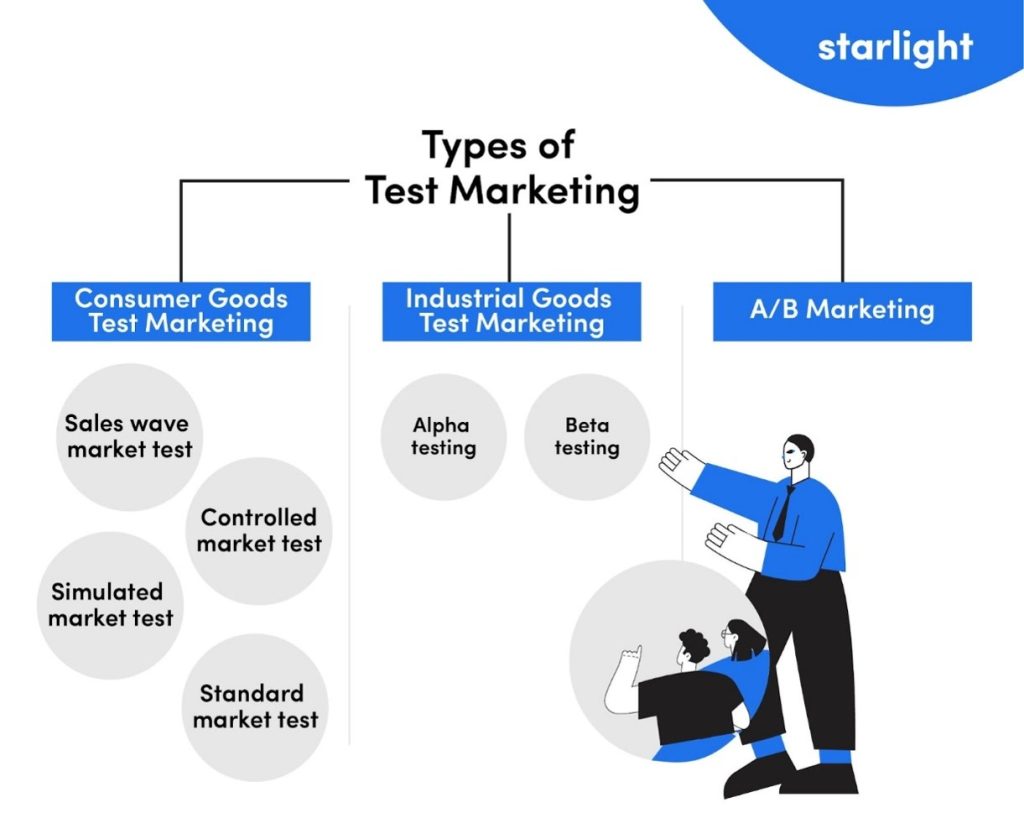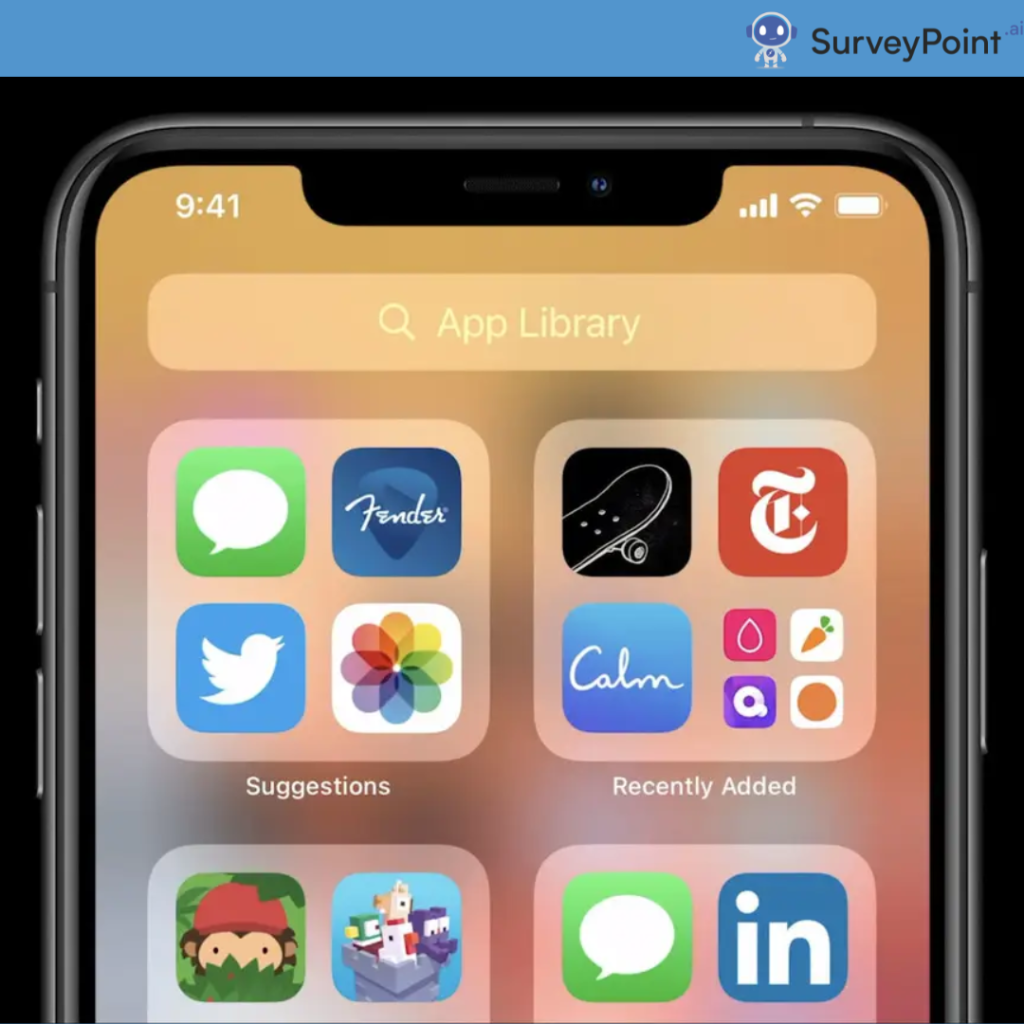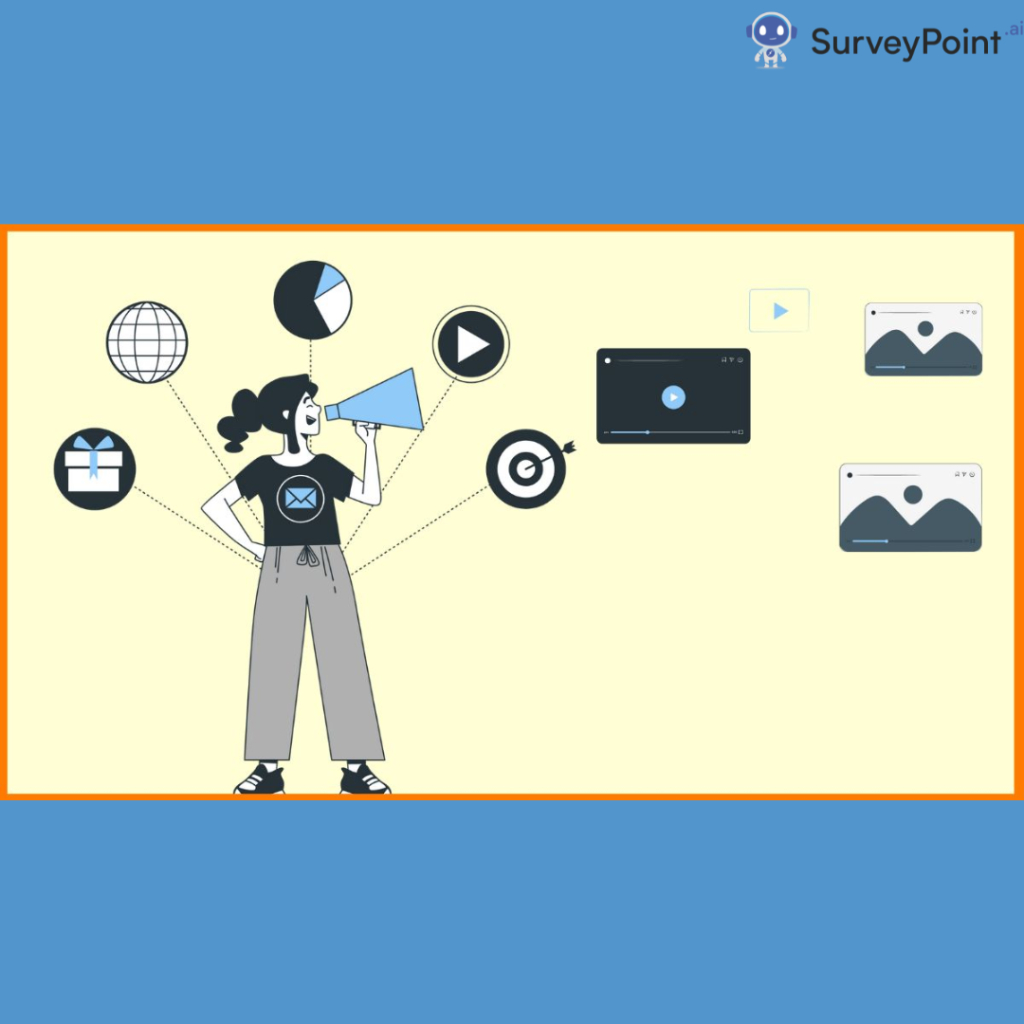
Want to take a sneak peek at your product’s future? Try test marketing. It helps you understand your customers better. You can spot any rough edges, fine-tune your product, and make it a perfect fit for the market. It’s a smart way to reduce risks and ensure your product gets off to a great start.
This approach can save your business time, money, and the headache of launching something that’s not quite ready for the spotlight.
What is Test Marketing?
Before a large-scale product launch, businesses often use test marketing. In this process, a new product or service is introduced to a limited market to gauge its performance and customer response.
It’s a kind of dress rehearsal, allowing businesses to collect valuable data, identify potential issues, and make necessary adjustments. This method helps reduce the risk of a product failing post-launch by ensuring it aligns with customer expectations and market trends.
In a limited market, this is where a new product takes center stage, showcasing its potential before full-scale production. Like in the theater, fixing any issues before the main show begins is better!
ALSO READ: 40+ Digital Marketing Survey Questions Bank To Help You Get StartedTypes of Test Marketing
A product or service is tested in a small, controlled market as part of test marketing. It helps to determine its functioning and pricing prior to a larger launch. There are typically three types of test marketing:
Standard Test Markets
This is the most traditional form of test marketing. It involves launching the product in a few selected representative markets. The product is sold through regular channels, and the company monitors sales and customer responses for a set time period.
Controlled Test Markets
Companies use external research agencies to run the test in a few designated stores. The agency controls the shelves, displays, and sometimes even prices. This type of test marketing is faster and more controlled, but it can be quite expensive.
Simulated Test Markets (STM)
A virtual marketplace is created, and consumer behavior is observed in a simulated shopping environment. This can include focus groups, online tests, or laboratory simulations.
STMs are less costly, quicker, and less susceptible to competitor interference but might not fully replicate real-world purchasing behaviors.
Choosing the right method depends on factors such as budget, time frame, and the nature of the product or service being tested.

Test Marketing Examples
- Coca-Cola’s ‘New Coke’ (1985): In an attempt to beat its rival, Pepsi, Coca-Cola introduced a new recipe. Before the full-scale launch, the company conducted taste tests indicating positive responses. However, the test market did not sufficiently consider consumers’ emotional attachment to the original formula. This led to one of the most infamous product backlashes in history.
- McDonald’s ‘All-Day Breakfast’ (2015): Prior to its nationwide roll-out, McDonald’s tested the “All-Day Breakfast” concept in several markets. The overwhelmingly positive response led to a nationwide introduction, significantly boosting McDonald’s sales.
- Apple’s ‘iPhone’ (2007): Before launching their iconic iPhone, Apple had a controlled test market using their employees. This internal test helped identify and rectify various issues, ensuring a successful public launch.
- Amazon’s ‘Prime’ (2005): Amazon first tested their Prime subscription service with a group of customers before rolling it out worldwide. The program’s huge success has since become a significant part of Amazon’s business model.
- Procter & Gamble’s Tide Pods (2012): Before launching Tide Pods, Procter & Gamble conducted extensive test marketing.
They created a sample size of 20,000 consumers to receive feedback on the product’s efficiency and convenience. As a result of positive feedback, the product was launched and became a huge success.
How Do Businesses Benefit from Test Marketing?
- Reducing risks: Test marketing helps to minimize the risks associated with launching a new product by providing valuable insights into potential market reactions before full-scale release.
- Consumer Feedback: It allows businesses to receive direct feedback from consumers. This feedback can inform necessary adjustments to enhance the product or its marketing strategy.
- Market Understanding: Test marketing allows businesses to better understand their target audience, including their preferences, habits, and unmet needs.
- Financial Forecasting: Based on test marketing results, businesses can make more accurate sales predictions and better financial decisions.
- Competitive Analysis: It can offer insights into how the new product stacks up against competitors, highlighting potential competitive advantages and weaknesses.
- Marketing Strategy Refinement: Test marketing can help fine-tune the marketing strategy, including promotion, distribution, and positioning, enhancing the product’s market success potential.
- Product Improvement: Testing allows companies to identify any potential improvements or changes needed in the product before a full-scale launch, thus saving time and resources.
- Cost-Effective: Test marketing can save companies significant money in the long run by preventing full-scale launches of products that may not resonate with the market.
- Pricing Strategy: It offers a practical way to test different pricing strategies and find what price point maximizes profit.
- Builds Confidence: Successful test marketing builds confidence among stakeholders, including investors, executives, and employees, ensuring support for the product’s full launch.
ALSO READ: Why is Target Customer Important for Marketing Success?
Conclusion
Test marketing plays a pivotal role in the success of a new product or service. It provides companies with valuable insights into potential market reactions and allows them to identify and address any issues before a full-scale launch. It serves as a risk mitigation strategy, helping businesses avoid costly errors while maximizing their potential for success.
However, it’s important to remember that while test marketing offers a degree of predictive insight, it’s not foolproof. Markets are dynamic and influenced by a multitude of factors, many of which can change between the testing phase and the actual product launch. Therefore, while test marketing is a powerful tool in a marketer’s toolkit, it should be used in conjunction with other research methods and ongoing market analysis.
In conclusion, test marketing is a critical step in product development. It gives businesses a sneak peek into how their product might fare in the market, allowing them to fine-tune their strategies and offerings for optimal success.
Nevertheless, a successful test marketing campaign does not guarantee a successful product but certainly increases its likelihood.




